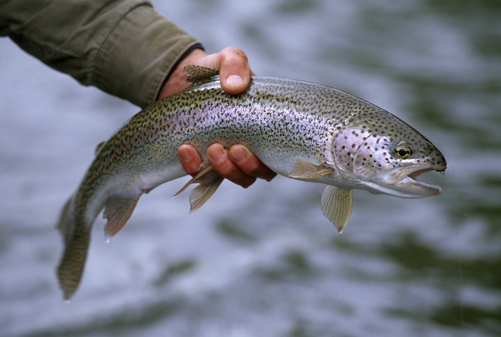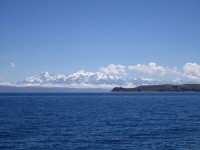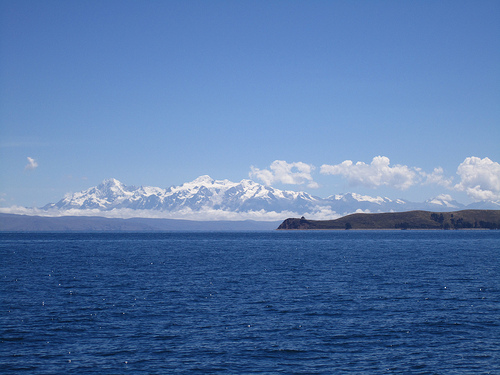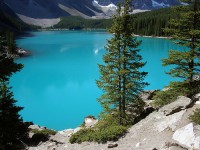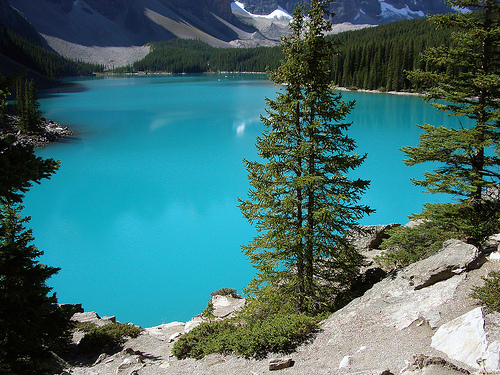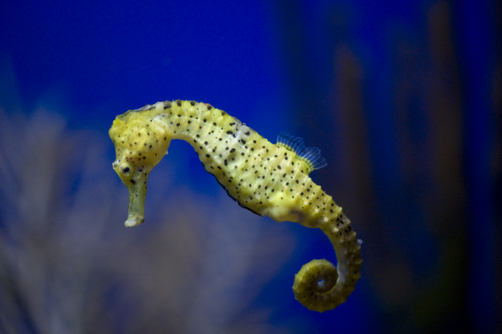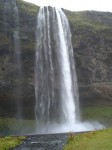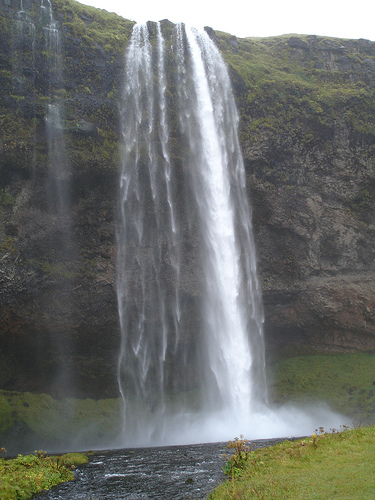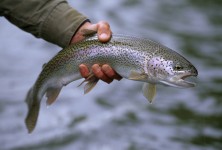
No, rainbow trout do not cause rainbows.
- Rainbow trout are fish native to North American and north east Asian areas of the Pacific Ocean, and are also native to cold, North American lakes and rivers.
- ‘ Rainbow trout’ are also known as ‘steelheads’, ‘steelhead trout’, ‘redband trout’ and ‘ocean trout’.
- Rainbow trout adults have a typical length between 51 to 76 cm (20 to 30 inches) and depending on their habitat, they can weigh between 0.5 to 9.1 kilograms (1 to 20 pounds).
- Rainbow trout have a red stripe from the tail to the head, and have a silvery, grey or brown skin colour and have numerous small dark coloured spots.
- Rainbow trout have been introduced into every continent except Antarctica, and as a result, have decreased native fish population in many countries.
Rainbow Trout
Image courtesy of National Geographic
- Rainbow trout, or steelhead trout as they are called in the United State’s Washington, became an official symbol of the state of Washington in 1969.
- Rainbow trout has the scientific name Oncorhynchus mykiss and is from the family Salmonidae, the family of ray-finned fish, that migrate to fresh water to spawn, and either return to the ocean or further down stream after reproducing.
- Rainbow trout can live to be 11 years, but their typical lifespan ranges from 4 to 6 years in the wild, and they always breed at the same place they were born.
- Rainbow trout has a diet of crustaceans, small fish, water insects and fish eggs is popularly hunted for sport, food and bait.
- Rainbow trout can be cooked and are easily eaten, while having a nut-like taste, and are commonly farmed commercially, with 604, 695 tonnes (666,562 tons) produced in 2007, with Chile being the largest producer.
Bibliography:
Rainbow trout, 2014, National Geographic, http://animals.nationalgeographic.com.au/animals/fish/rainbow-trout/
Rainbow trout, 2014, Wikipedia, http://en.wikipedia.org/wiki/Rainbow_trout




